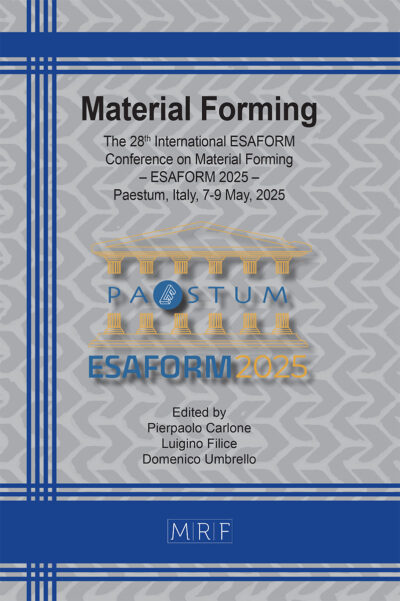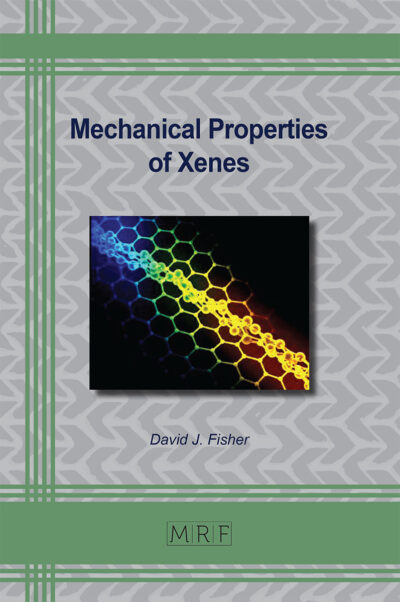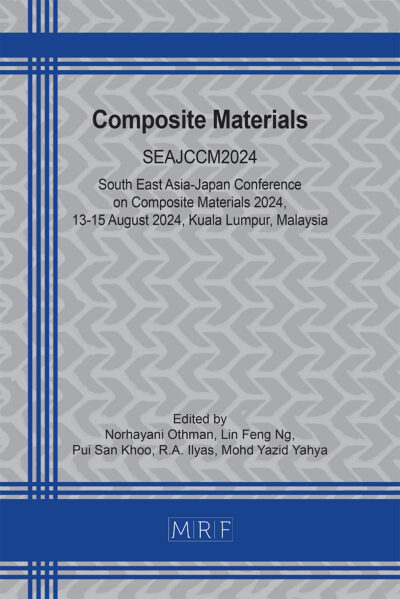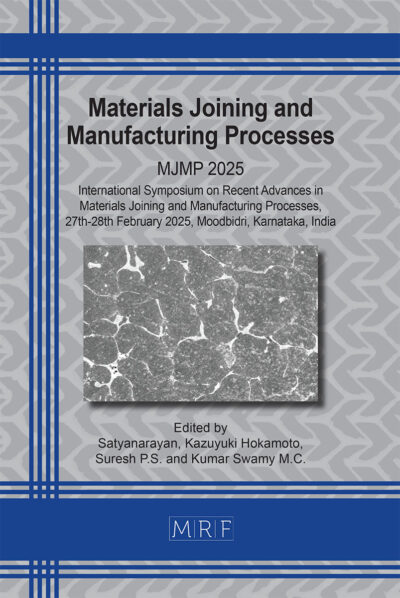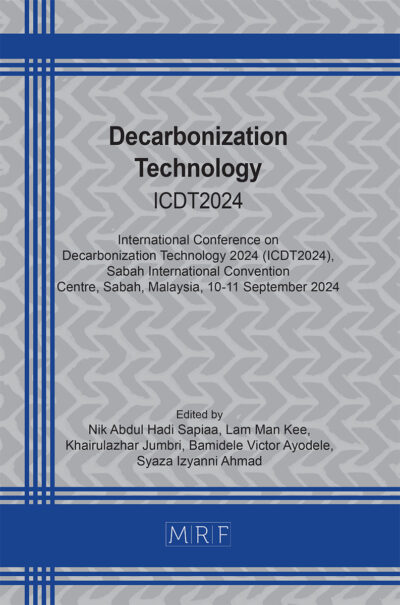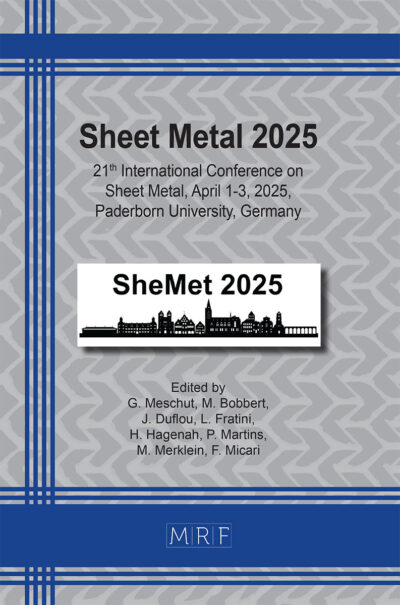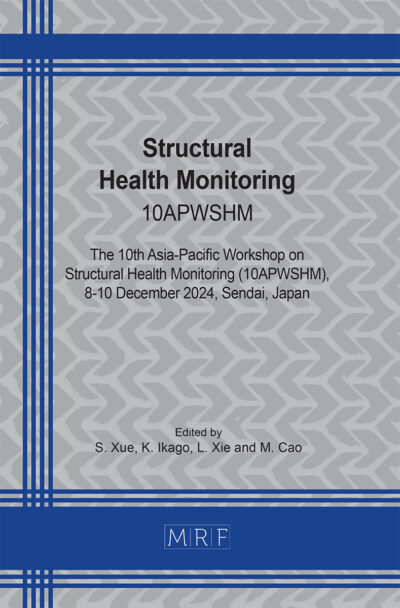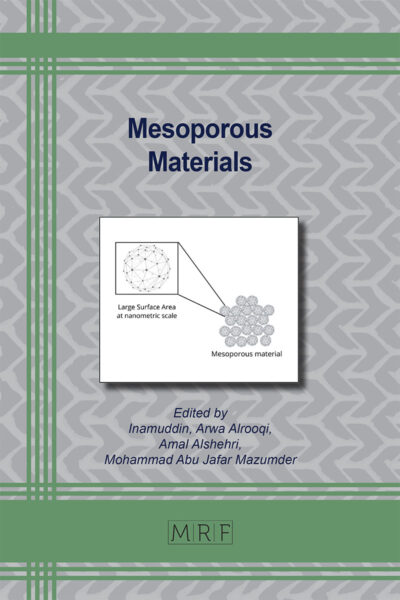Flow front tracking in SCRIMP processes by simultaneous visual and dielectric monitoring
Vitantonio Esperto, Felice Rubino, Fausto Tucci, Pierpaolo Carlone
Abstract. During the manufacturing of composite components by Seeman’s Composite Resin Infusion Molding Process (SCRIMP) two different evolutions of the resin flow are observable: one flowing parallel to the laminate through only the distribution medium, and another flowing through the fibrous preform along thickness direction. The real-time monitoring of resin flow and the possibility of tracking impregnation and saturation is still an issue, despite the solutions proposed by several authors so far. In the present work, a monitoring approach based on the simultaneous analysis of data provided in real-time by dielectric sensors and image acquisition and analysis is reported. A dielectric sensor based on copper flexible tape has been used. These sensors proved to be able to detect the flow front position in comparison to the visual approach, and to distinguish the flow through the distribution medium and the one through the preform.
Keywords
Liquid Composite Molding, Flow Front Tracking, Saturation Phenomena
Published online 5/7/2025, 7 pages
Copyright © 2025 by the author(s)
Published under license by Materials Research Forum LLC., Millersville PA, USA
Citation: Vitantonio Esperto, Felice Rubino, Fausto Tucci, Pierpaolo Carlone, Flow front tracking in SCRIMP processes by simultaneous visual and dielectric monitoring, Materials Research Proceedings, Vol. 54, pp 412-418, 2025
DOI: https://doi.org/10.21741/9781644903599-45
The article was published as article 45 of the book Material Forming
![]() Content from this work may be used under the terms of the Creative Commons Attribution 3.0 license. Any further distribution of this work must maintain attribution to the author(s) and the title of the work, journal citation and DOI.
Content from this work may be used under the terms of the Creative Commons Attribution 3.0 license. Any further distribution of this work must maintain attribution to the author(s) and the title of the work, journal citation and DOI.
References
[1] M. Yoon, Composite Material Application Forecast in Light of Future Mobility Trends. Int. J. Automot. Technol., (2025) 13-22. https://doi.org/10.1007/s12239-024-00131-6
[2] A. Kyriazis, C. Pommer, D. Lohuis, K. Rager, A. Dietzel, M. Sinapsium, Comparison of Different Cure Monitoring Techniques. J. Sens. (2022) 1-2. https://doi.org/10.3390/s22197301
[3] C. Di Fratta, F. Klunker, P. Ermanni, A methodology for flow-front estimation in LCM processes based on pressure sensors. Composites, Part A 47 (2013) 1-11. https://doi.org/10.1016/j.compositesa.2012.11.008
[4] J.M. Jeong, S. Eum, S. Yoon On, K. Kageyama, H. Murayama, K. Uzawa, S. Su Kim, In-situ resin flow monitoring in VaRTM process by using optical frequency domain reflectometry and long-gauge FBG sensors. Compos. Struct. 282 (2022). https://doi.org/10.1016/j.compstruct.2021.115034
[5] S. Konstantopoulos, E. Fauster, R. Schledjewski, Monitoring the production of FRP composites: A review of in-line sensing methods. eXPRESS Polym. Lett. 8 (2014) 823-840. https://doi.org/10.3144/expresspolymlett.2014.84
[6] F. Rubino, F. Tucci, V. Esperto, P Carlone. Filling time reduction in liquid composite molding processes. J. Compos. Sci. 6 (2022). https://doi.org/10.3390/jcs6080222
[7] P. Carlone, F. Rubino. V. Paradiso. F. Tucci, Multi-scale modeling and online monitoring of resin flow through dual scale textiles in liquid composite molding processes, Int. J. Adv. Manuf. Technol. 96 (2018) 2215-2230. https://doi.org/10.1007/s00170-018-1703-9
[8] X. Liu, Y. Li, J. Zhu, Y. Wang, X. Qing, Monitoring of resin flow front and degree of cure in vacuum-assisted resin infusion process using multifunctional piezoelectric sensor network. Polym. Compos. 42 (2021) 113-125. https://doi.org/10.1002/pc.25811
[9] X. Qing, X. Liu, Y. Wang, In-situ monitoring of liquid composite molding process using piezoelectric sensor network. Struct. Health Monit. 20 (2021) 2840-2852. https://doi.org/10.1177/1475921720958082
[10] A. Dominauskas, D. Heider, J. W. Gillespie Jr, Electric time-domain reflectometry distributed flow sensor. Composites, Part A 38 (2007) 138-146. https://doi.org/10.1016/j.compositesa.2006.01.019
[11] V. Esperto, M. Durante, P. Carlone, L. Carrino, Resin microwave preheating in liquid composite molding process. Aip Conf. Proc. 2113 (2019). https://doi.org/10.1063/1.5112650
[12] V. Esperto, L. Boccarusso, M. Durante, L. Carrino, P. Carlone, Permeability analysis of natural and artificial fiber textiles for liquid composite molding process. Procedia Manuf. 47 (2020) 435-439. https://doi.org/10.1016/j.promfg.2020.04.328
[13] V. Esperto, C. Gallo, S. Lomov, J. Soete, P. Carlone, System integration for advanced manufacturing of composites by microwave preheated resin infusion: an experimental study. J. of Materi. Eng. and Perform. (2024) 1-9. https://doi.org/10.1007/s11665-024-10397-7


